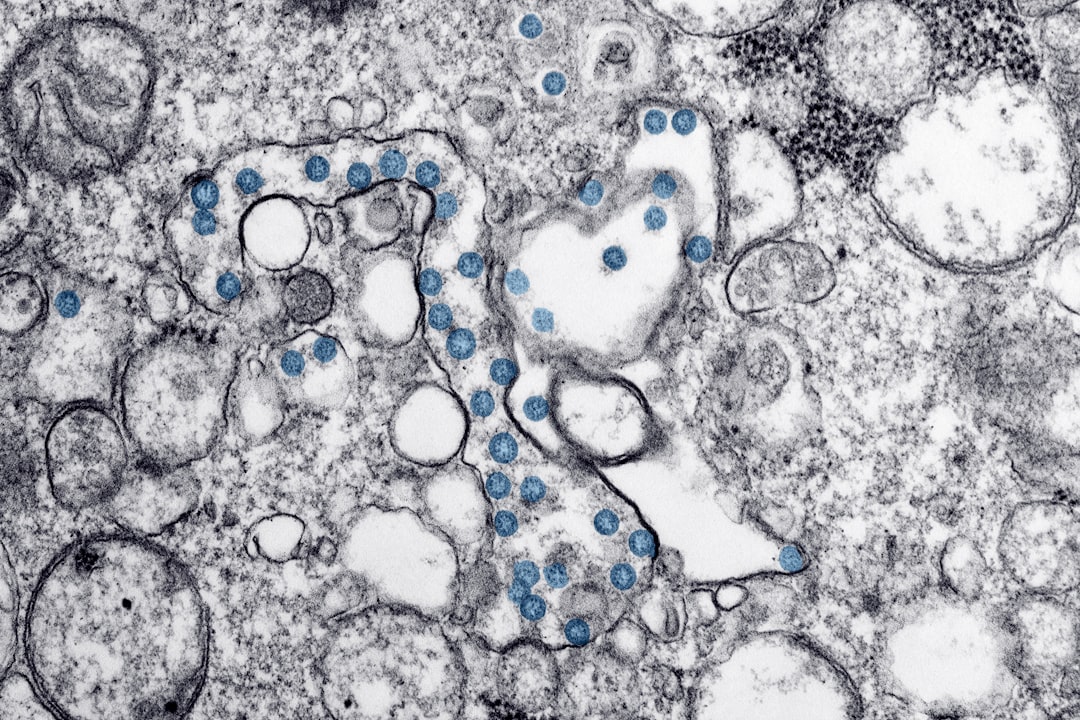What is it about?
Many bacteria secrete siderophores to scavenge iron from the environment. Here, we show that siderophores play a key role in competitive interactions between the plant pathogen Ralstonia solanacearum and bacteria inhabiting the rhizosphere. Using in vitro and in vivo assays, we demonstrate that rhizosphere bacteria with growth-inhibitory siderophores can suppress the pathogen, and thereby protect plants from infection.
Featured Image

Photo by Igor Son on Unsplash
Why is it important?
Plant pathogens such as Ralstonia solanacearum cause high crop and economic losses to human societies. By establishing a causal mechanistic link between microbe-level competition for iron and plant protection, our study opens promising avenues to use siderophore-mediated interactions as a tool for pathogen control.
Perspectives
I was very fortunate to become involved in this collaboration. I think this study nicely illustrates just how important it can be to understand how microbes interact with each other.
Dr Jos Kramer
ETH Zurich, D-USYS
Read the Original
This page is a summary of: Competition for iron drives phytopathogen control by natural rhizosphere microbiomes, Nature Microbiology, May 2020, Springer Science + Business Media,
DOI: 10.1038/s41564-020-0719-8.
You can read the full text:
Contributors
The following have contributed to this page










